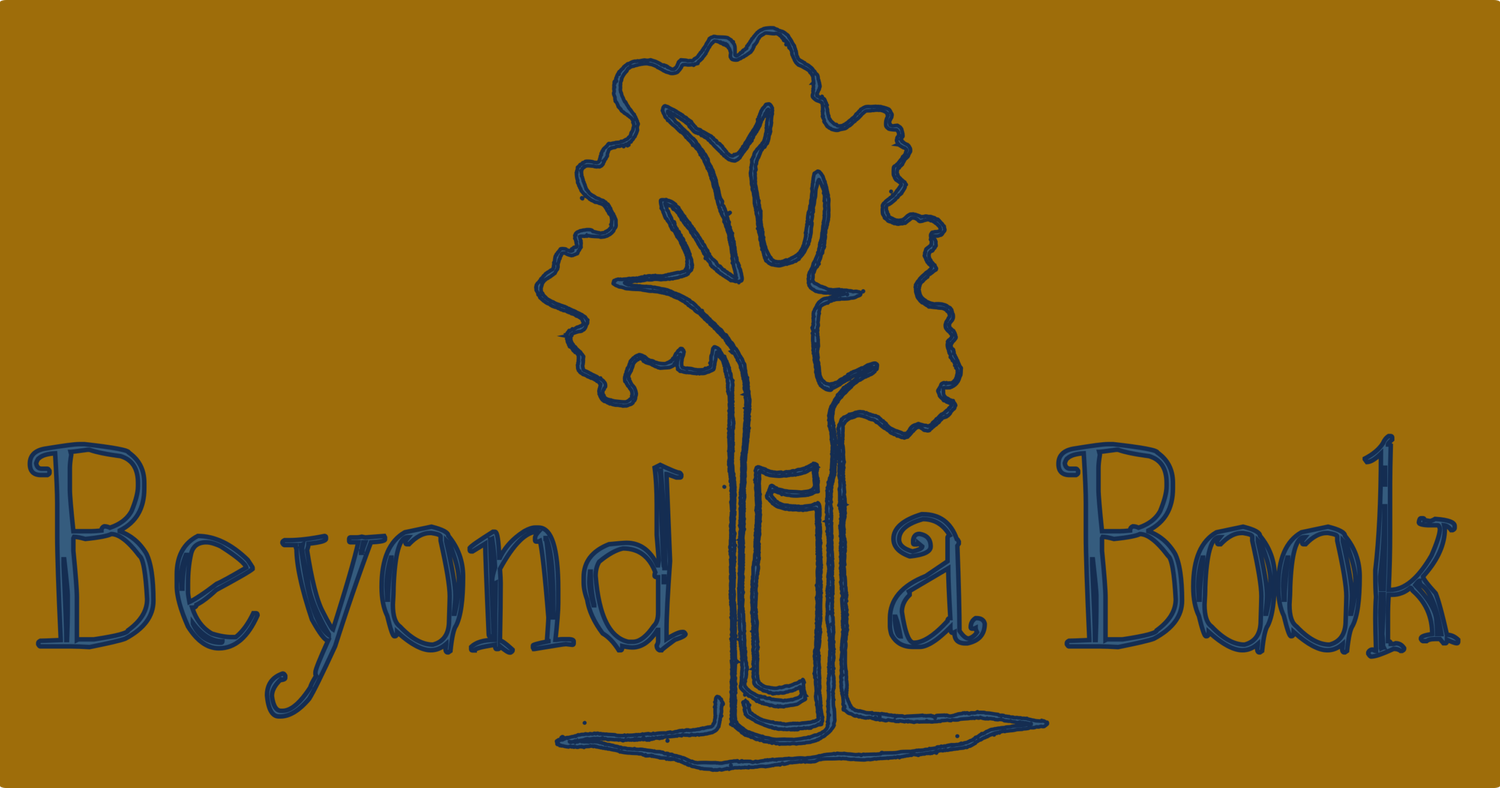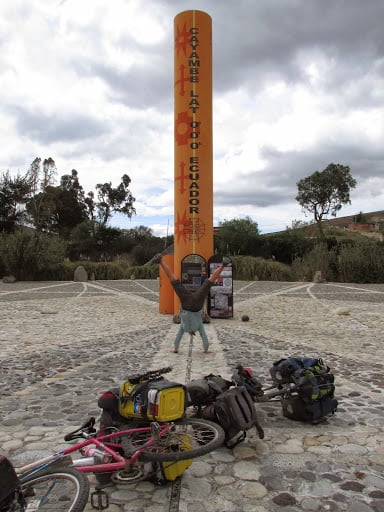by Sara Dykman
The start of Phase Two was painful. After a well deserved three week break from the bicycle my butt had forgotten what it was like to cycle. Every bump felt as if an angry giant was hitting me in the bum with a baseball bat as hard as he could. But, I am getting ahead of myself.
Our three week break started with an incredible trip to the Galapagos Islands and ended with a stent in Quito. In the Galapagos we snorkelled every day, took a thousand photos each, swam with penguins, basked with iguanas, and enjoyed a bike-less rest. In Quito to enjoyed a city in a way we normally don’t. We went to museums, wandered from giant church to giant church, cooked delicious feasts, and enjoyed bike-less rest.
When our bike-less rest finished, we returned to the Casa de Ciclistas and wiped the dust from our bikes. We repacked our bags, exchanged our bald tires for new, replaced worn out chains, put on new brake pads, and loaded the bikes up once again. With our bodies well rested and ready to ride again, and our bikes well rested and ready to ride again, we coined the next part of our trip Phase Two.
And like I said, Phase Two started off painfully. We left Tumaco on a nice, dirt bike path, an abandoned rail road line that had been filled with dirt and given a new life. We road it and enjoyed the quiet, meandering trail even more because we knew we were avoiding a highway overflowing with traffic. Even as the bike trail seemed to fall apart we stuck with it. We would rather be rattled by potholes and washboard than deal with dirty, loud, heavy South American traffic. By lunch time our bums hurt, but there was no surprise in that. By night fall I was standing off the saddle scared of biking the next day.
The next day was not as bad as I expected. The road was literally smoother and our bums were getting use to the demands of all day biking trips. Day two of Phase Two also meant crossing the equator. After six months of cycling north we were finally in the northern hemisphere. No matter where we decide to go next, it is basically the home stretch.
At the equator we stopped at the solar clock along the road, a tribute to the equator, to get the mandatory tourist photos as we stand in both hemispheres. At the solar clock we also learned why Ecuador has the honor of using the equator for its name sake.
Ecuador is the only country on the equator that has mountains to help track the suns progress. The other 12 countries are in the jungles, where fixed land points are hard to find. Thus Ecuadorians watching the sun rise and fall each day, each year, each lifetime, with constant fixed landmarks for comparison were able to figure out they were on the equator and claim the distinction. And then fast forward a bit and we were standing there too. Jumping like idiots across the line, watching the sun stretch across the sky in the direction of two small mountains.
Now in the northern hemisphere and just days into Phase Two of our bicycle tour we decided to take…gulp…another break. Our two week side trip, to help study bears in the cloud forest, had been planned for a few months now. With our goal to go nowhere fast, we left our bikes once again and hiked into the forest with the Andean Bear Foundation, an organization studying bears throughout Ecuador.
In the two weeks we were in the forest we got to see Ecuador in a way we can’t when biking. We stayed in a small cabin accessible only by foot. We ate what the horses has packed in, and every few days a local from a nearby village would hike in milk, cheese, and bread. Every day we walked around, exploring the forest and helping out where we could. My favorite part by a long shot was welding a machete as we cut new trails or cleared out existing trails.
We didn't see any bears while we were working, but we were not disappointed by this. They are secretive animals and people have walked for years through the woods without seeing them. Instead we enjoyed seeing other animals, finding signs of bears (foot prints, scratch marks, nesting sites), and learning about the conflicts between humans and the bears.
Like everywhere in the world people and the natural world are often in conflict. Here, in northern Ecuador, the bears are killing the cows. A dead cow, especially to a poor, country family, is a devastating blow. The fines for killing a bear are huge as well and so the community is working to find other solutions.
It was frustrating and interesting to see both sides of the story and understand the delicacy of the situation. After two weeks in the jungle the battle seems to be about changing human behavior more than that of the bears. The bears, adapted to hunt tapirs (a large animal more elusive than the easy to catch cow), are doing what they do. Humans are putting easy to kill cows deep in the forest without anyone to watch them, and then getting upset when they are killed. It is an uphill battle, and I hope the project can help both the bears and the people.
After our sabbatical in the woods, we got back on our bikes. This time our butts hurt much less and we could enjoy the easy road to the Ecuador, Colombia border. At the border we said goodbye to Ecuador and continued north. Phase Two continues as we pedal through Colombia.















